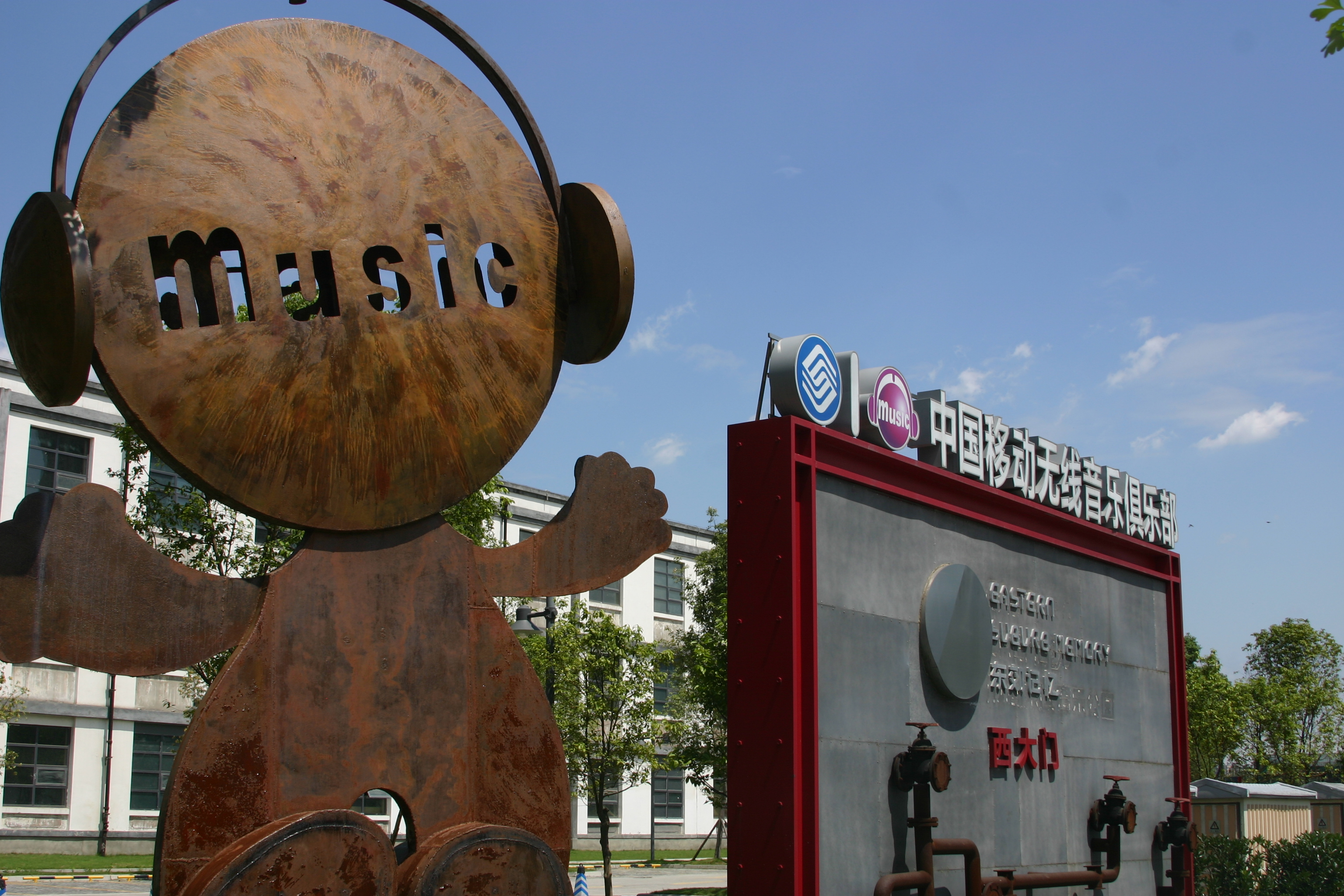
February 21, 2014, by Tony Hong
Chengdu’s creative spaces – cultural diamonds or lead balloons?
By Philip Crosbie,
PhD candidate, School of Asian Studies, University College Cork.
As one of Chinas emerging cities in the south-west, Chengdu is quickly becoming one of the most prosperous and talked about cities in the country’s landscape of urban development.
Most projections forecast that Chengdu is becoming a key area of domestic and foreign inward investment.
The much flouted terminology of the ‘cultural’ or the ‘creative’ city, has been used as an expressive benchmark for every rising urban space and development plan by local authorities – especially as they vie against each other to become the top dog in the creative industry stakes.
China’s creative industry urban mantra of ‘if you build it they will come’, has created numerous creative industry ‘lead balloon’s’ and few diamonds (Keane 2013).
The proof rests with the fact that cheap real estate and the clustering of enterprise is not enough to produce the elixir of the creative spark that drives Soho, San Francisco and the Montmartre.
Urban China’s drive towards the spectacular, postmodern futurist spaces of Zaha designed museums and opera houses become exceptional and unique spaces for the exhibition, but not necessary the places of creation. The quest for the creativity gene has been on-going – take, according to the excellent account by Laikwan Pang (2012), the Platonic logic of mimesis, to a Judeo-Christian and Protestant ethic in the striving of the glory of God and the marginalisation of art in Habermas’s understanding of the separation of the discursive realms, into the epistemic approaches of social engineering as described by Howard Becker (1976) or the cultural resource as described by George Yudice (2003).
Systems and social engineers have begun to try to identify the creative industry gene, which by the early 2000’s came central into the policy makers and planners of China’s hyper economy as being well aware that hinged to a manufacturing export model was not one of sustainability. Innovation through the cultural industries became the political pillar (Keane 2007), which brings us full circle around to China’s local government brandishing their city as the next ‘creative city’.
Key to understating this is that the city isn’t a creative city; part of it is. That part can be big, small, government engineered or organic.
Creativity in cities was never about size or polemics. Urban creative and cultural spaces has its basis upon social dynamics within such spaces and the corresponding scenes and alternative groups with the creative worker investing all into their craft and their ideas as mavericks and trail blazers. Richard Florida, although much criticised because of his US centric approaches to his creative city index, has kept his basis on the ideas of social dynamics and social capital in the understanding of the creative zone. So too is Alan Blum (2001) and Will Straw’s (2001) theories of the dynamics of scenes.
Chengdu’s historical and cultural image has been one of a ‘city of leisure’, which until recently has unfairly stigmatised its citizens as being lazy. Chengdu’s laid back name comes from the historical abundance in which that the city acquired from the rich agricultural hinterland of the Sichuan basin from the harnessing of water through the ancient Qin Dujiangyan Irrigation system thus creating greater historical social alliances between the classes (Wang 2003).
Indeed much of the dialogue surrounding the creative centres that is usually based upon the urban-speak though the metro professional spaces of bars slick galleries, can be found on the fringe lines between the urban, the countryside and the agriculture, leaving the potential that it is in these spaces that Chengdu’s negotiation with the creative industries can be seen.
What it may come down to is that Chengdu’s real creative spaces may have a chance considering some of the more innovative thinking into its process of urban and rural development as illustrated by Yumin Ye and Richard Le Gates (2013). It is whether such places will be allowed to grow. Creativity needs time and creative people must make mistakes: both of which may be in short supply in the hyperactive wave of the cultural economy. The question is whether the chill out tea houses in Yulin, the Reggie and jam bars on Lijiang Road, He Gong’s project in Gao Di or the underground sounds out of Machu Pichu and Little Bar will become the ‘unofficial’ spaces of creativity in Chengdu.
References
Becker, H.S. (1976) ‘Art Worlds and Social Types’, American Behavioral Scientist, 19 (6), 703-718.
Blum, A. (2001) ‘Scenes’, Public: Cities Scenes, 22/23,
Florida, R. (2005) Cities and the Creative Class. New York: Routledge.
Keane, M. (2013) Creative industries in China: art, design and media. Cambridge: Polity Press.
Keane, M. (2007) Created in China – The great new leap forward. New York: Routledge Taylor & Francis Group.
Pang, L. (2012) Creativity and Its Discontents: China’s Creative Industries and Intellectual Property Rights Offenses. Duke University Press.
Straw, W. (2001) ‘Scenes & Sensibilities’, Public – Art Culture & Ideas, 22-23, 245-257.
Wang, D. (2003) Street Culture in Chengdu: Public Space, Urban Commoners, & Local Politics, 1870-1930. Stanford: Stanford University Press.
Yumin, Y., & LeGates, R. (2013) ‘Coordinating Urban and Rural Development in China: Learning From Chengdu’, in Yumin, Y., & LeGates, R. (eds) Coordinating Urban and Rural Development in China: Learning From Chengdu, Cheltenham: Edward Elgar Publishing Ltd,
Yudice, G. (2003) The Expediency of Culture: Uses of Culture in The Global Era. London: Duke University Press.
No comments yet, fill out a comment to be the first

Leave a Reply